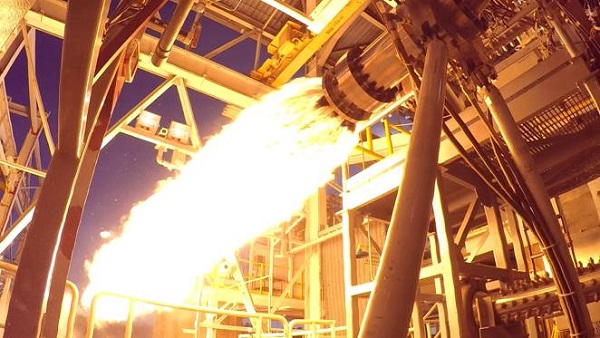FBRs were believed to be coming from outside the Milky Way, millions of light-years away at most until the april of this year. Although a handful of FBRs were traced to an origin galaxy, scientists could not confirm a definite source of these signals. This was the case until SGR 1935+2154. In the recent report published in the Nature Astronomy, SGR 1935+2154 has been described spitting out two more powerful radio signals consistent with those seen from extragalactic sources. These new signals did not have the same strength as the previous detected FBRs. This suggests that there could be more than one process capable of producing these enigmatic bursts and SGR 1935+2154 was an outstanding laboratory for understanding them.
On 28 April 2020, a dead, highly magnetised star 30,000 light years away, was recorded emitting an incredibly powerful, millisecond duration burst of radio waves. Astronomers observed that it was not quite as powerful as extragalactic FRBs, but everything else about it fit the profile. The event was officially confirmed as an FRB earlier in November, and given a name - FRB 200428. On 24 May 2020, the Westerbork Synthesis Radio Telescope in the Netherlands caught two millisecond-long radio bursts from the magnetar, 1.4 seconds apart.On 3 May,A much fainter FRB signal was also detected by the Five-Hundred-Meter Aperture Spherical Radio Telescope (FAST) in China.
The earliest signals recorded in April from FRB 200428 were extremely bright- at a range of 700 kilojansky milliseconds. However, the follow up signals were fainter. The faintest signal recorded was at 60 millijansky milliseconds by FAST. The two signals from Westerbork were 110 jansky milliseconds and 24 jansky milliseconds respectively. The fluctuating range in strength is unclear.
Magnetars, a highly magnetised dead star, are funny beasts. They're a type of neutron star - the tiny collapsed core of a dead star, about 1.1 to 2.5 times the mass of the Sun, but packed into a sphere just 20 kilometres across. Magnetars add to this an insanely powerful magnetic field and are around 1,000 times more powerful than a normal neutron star's which makes them a quadrillion times more powerful than Earth's magnetic field. We don't really know how they form (recent evidence suggests that colliding neutron stars could be one way), but we know they go through periods of intense disruption and activity. As gravity pushes inwards to keep the star together the magnetic field pulls outward, distorting the magnetar's shape. These two forces cause magnetic quarks and flares also giving rise to instabilities observed in high-energy X-rays and gamma radiation.
SGR 1935+2154 is known to observe some X-ray activities, but the first FBR(the april one) was also accompanied by an X-ray flare, something that had never been seen before in an FRB. The three new follow up signals, however, showed no signs of X-ray counterparts. This made the researchers conclude “The parameters and fluences that we measure for the X-ray bursts are consistent with typical values observed for SGR 1935+2154, fitting with the idea that radio bursts are instead associated with atypical, harder-X-ray bursts.”
Many questions still remain unsolved. Some fast radio burst sources exhibit a pattern in their signals. It's possible that we don't have enough data. It's possible those periodic FRBs are in binary systems. And it's eminently possible that magnetars are only one source of FRBs, and others remain to be discovered. Detailed characterisation of FBR is critical to further investigating these possibilities. But the magnetar isn’t done yet.On 8 October 2020, the magnetar was recorded spitting out three more radio bursts, in a three-second period. That data is still under analysis, but it marks the beginning of a good collection of signals that could help us look for patterns. SGR 1935+2154 is not a flawless analogue of FBR population. Nonetheless, magnetars can explain the diverse phenomena observed from FBRs.









2 Comments
Good work 👏 ❤
ReplyDeleteThanks a lot 😊
Delete